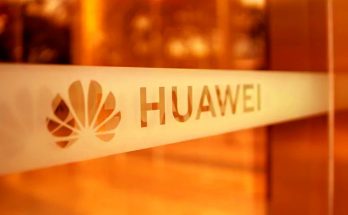Huawei is working on a cloud-based 3D mapping system that he wants to create augmented reality experiences in very large spaces. A principle similar to that of Microsoft’s Azure Spatial Anchors or the Google AR Cloud. The experiments will use a camera-based space positioning technology of the brand’s smartphones and build on the future 5G infrastructure.
On the sidelines of his presentation of the HarmonyOS operating system , designed to replace Android in case of a problem, Huawei unveiled a 3D mapping system and localization in space for virtual and augmented reality. Dubbed “Cyberverse”, it was presented on August 11, 2019 with a video at the conference of developers of the Chinese technology giant.
The principle is the same as that of Microsoft’s Azure Spatial Anchors or Google’s AR Cloud : places are mapped in 3D and then stored in the cloud. Devices equipped with cameras (eg smartphones) can then use these cards to identify and navigate these environments while displaying virtual elements at predetermined points. Huawei, a leader in telecom equipment, is of course highlighting 5G as an essential element of the platform.
1000 PLACES MAPPED BY THE END OF 2020
Huawei is touting its mapping capability, announcing that it can capture 10,000 square meters a day through 90% automation of information processing. The company also presents its space positioning management system (locally executed on the smartphone) as having centimeter accuracy. It is also able to automatically recognize certain objects, such as statues, to display contextual information.
Huawei hopes to build partnerships with museums, amusement parks, airports, railway stations, shopping malls and other high-traffic venues. The service will initially be launched in a few major cities (on specific areas), then will be expanded to 1000 environments worldwide by the end of 2020.



